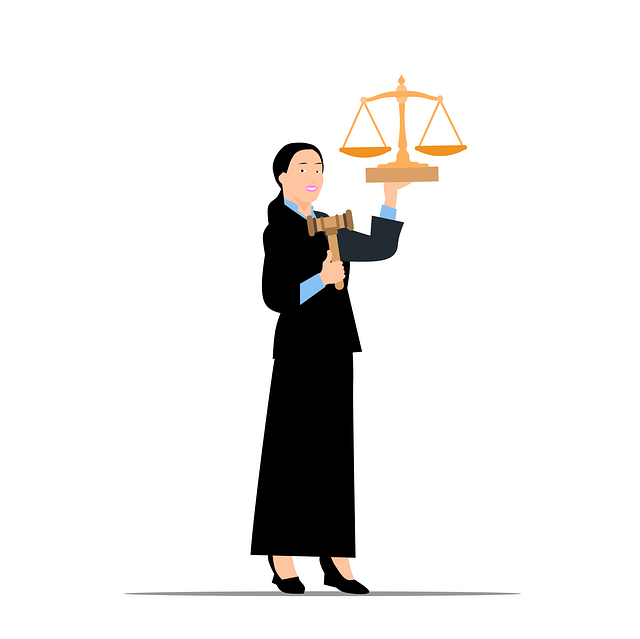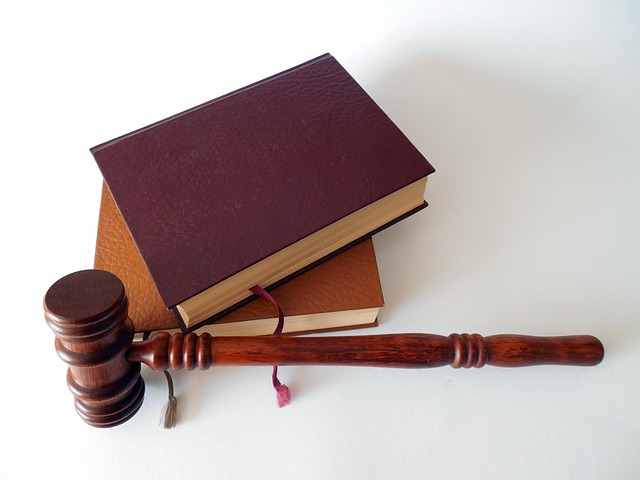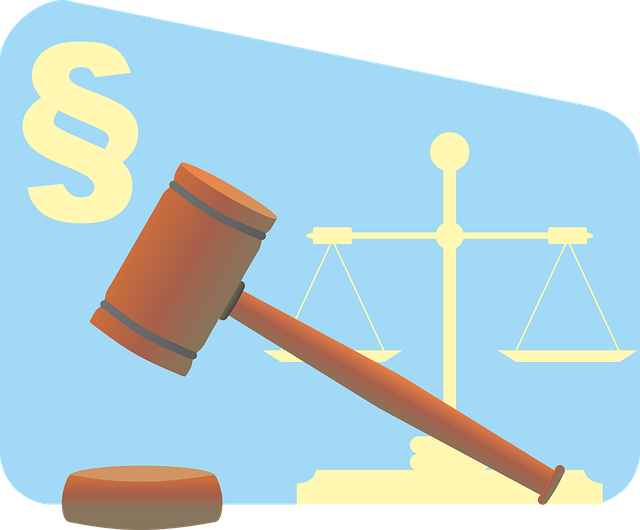Environmental Crime Trials leverage litigation to address pollution, deforestation and hazardous waste. Settling Property Disputes Through Litigation is a key aspect, resolving land use, contamination and regulatory issues via complex legal frameworks. This process ensures accountability, compensates affected communities, deters future crimes, promotes transparency, and encourages responsible environmental stewardship through fair, structured courtroom advocacy.
Environmental Crime Trials play a pivotal role in holding perpetrators accountable for ecological damage. This article delves into the intricate world of these trials, focusing on property disputes and the litigation process. Understanding these legal battles is crucial for settling property disputes through litigation. From identifying environmental violations to navigating the step-by-step guide to court, this comprehensive overview emphasizes the importance of courtroom advocacy in resolving conflicts effectively.
- Understanding Environmental Crime Trials
- Property Disputes: A Legal Perspective
- Litigation Process: Step-by-Step Guide
- Resolving Conflicts Through Courtroom Advocacy
Understanding Environmental Crime Trials

Environmental Crime Trials are legal processes designed to address and punish violations of environmental laws and regulations. These trials play a critical role in holding individuals and corporations accountable for their actions that harm the environment, such as pollution, deforestation, and illegal disposal of hazardous waste. Through meticulous investigation and rigorous litigation, these cases seek justice and serve as a deterrent for future offenses.
Settling Property Disputes Through Litigation is often a crucial aspect of environmental crime trials. For his clients, whether corporate or individual, this process involves navigating complex legal frameworks to resolve issues related to land use, contamination, and regulatory compliance. The respective business interests are protected while ensuring that environmental standards are upheld, fostering a balance between economic activities and ecological preservation.
Property Disputes: A Legal Perspective

In the realm of environmental crime trials, settling property disputes through litigation plays a pivotal role in achieving justice and ensuring accountability. When legal battles arise over contaminated land or resource exploitation, understanding the nuances of property law is essential. The process involves meticulous examination of deeds, titles, and historical records to establish ownership rights, which can be particularly complex in high-stakes cases involving corporate and individual clients.
Courtroom advocacy offers a platform for presenting compelling evidence, arguing legal interpretations, and seeking redress for environmental wrongs. This not only compensates affected communities but also serves as a deterrent, especially in the context of philanthropic and political communities concerned with sustainable development. Through litigation, stakeholders can navigate labyrinthine property disputes, ultimately fostering a more transparent and responsible approach to environmental stewardship.
Litigation Process: Step-by-Step Guide

The litigation process for environmental crime trials involves a series of steps designed to ensure fairness and justice. It begins with identifying potential violations through comprehensive investigations, which include gathering evidence, interviewing witnesses, and reviewing relevant documents. This thorough approach is crucial in all stages of the investigative and enforcement process, especially for high-stakes cases where substantial damage may have been caused to ecosystems and communities.
Once violations are confirmed, legal proceedings commence, typically involving a complaint filed by prosecutors or affected parties. The accused is then served with the complaint, providing them with an opportunity to respond and defend themselves. This back-and-forth continues through discovery, where both sides exchange relevant information and evidence. If settlement negotiations fail, the case proceeds to trial, where a judge or jury determines guilt and imposes appropriate penalties, which can include fines, restitution for environmental restoration, or even complete dismissal of all charges depending on the severity of the offense.
Resolving Conflicts Through Courtroom Advocacy

In the realm of environmental justice, resolving conflicts often involves navigating complex legal landscapes to address ecological damage. One powerful tool in this regard is courtroom advocacy, particularly through litigation. When it comes to settling property disputes related to environmental issues, litigating these matters can be a game-changer. By presenting evidence and arguing cases before judges and juries, advocates can seek remedies for harms caused by white-collar and economic crimes, ensuring accountability and restitution.
This approach offers a strategic way to avoid indictment in some instances while holding perpetrators responsible. Across the country, numerous cases have highlighted the effectiveness of litigation in addressing environmental concerns, from pollution to land-use disputes. Through meticulous legal processes, communities can gain access to justice, restore damaged ecosystems, and prevent further harm, ultimately fostering a culture of environmental stewardship.
Environmental crime trials play a pivotal role in holding individuals and corporations accountable for their impact on the environment. By understanding the litigation process, from identifying property disputes to resolving conflicts through courtroom advocacy, we can effectively navigate these legal battles. Settling property disputes through litigation not only ensures justice but also fosters a more sustainable future by deterring environmental degradation. This comprehensive guide equips readers with knowledge to actively participate in and support environmental justice efforts.






